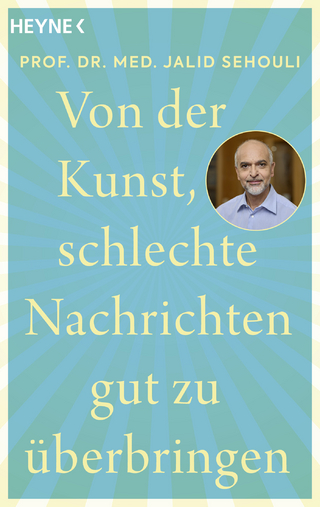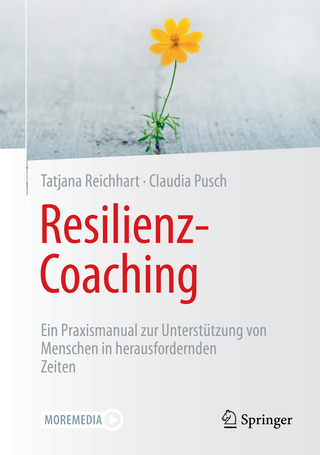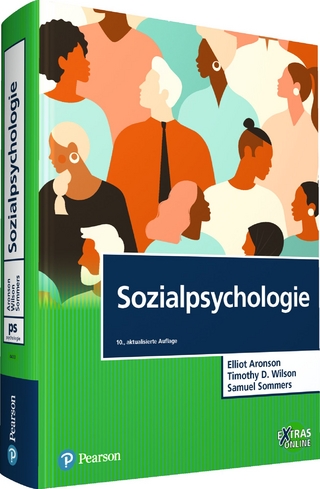
Topography of Trauma: Fissures, Disruptions and Transfigurations
Brill (Verlag)
978-90-04-40543-1 (ISBN)
This volume addresses trauma not only from a theoretical, descriptive and therapeutic perspective, but also through the survivor as narrator, meaning maker, and presenter. By conceptualising different outlooks on trauma, exploring transfigurations in writing and art, and engaging trauma through scriptotherapy, dharma art, autoethnography, photovoice and choreography, the interdisciplinary dialogue highlights the need for rethinking and re-examining trauma, as classical treatments geared towards healing do not recognise the potential for transfiguration inherent in the trauma itself. The investigation of the fissures, disruptions and shifts after punctual traumatic events or prolonged exposure to verbal and physical abuse, illness, war, captivity, incarceration, and chemical exposure, amongst others, leads to a new understanding of the transformed self and empowering post-traumatic developments.
Contributors are Peter Bray, Francesca Brencio, Mark Callaghan, M. Candace Christensen, Diedra L. Clay, Leanne Dodd, Marie France Forcier, Gen’ichiro Itakura, Jacqueline Linder, Elwin Susan John, Kori D. Novak, Cassie Pedersen, Danielle Schaub, Nicholas Quin Serenati, Aslı Tekinay, Tony M. Vinci and Claudio Zanini.
Danielle Schaub, Ph.D. (1994), Associate Professor at Oranim Academic College of Education, Israel, and Adjunct Professor at the University of Alberta, Canada, has published a monograph, several essay collections and articles, including What Happened? Re-Presenting Traumas, Uncovering Recoveries (Brill, 2018). Jacqueline Linder, Ph.D. (2014), Director of the Counselling Master Program at the Canadian campus in Edmonton of the City University of Seattle, has published multiple articles on psychological trauma and psychospiritual injury, including ‘Exploring Soul Loss Through Arts-Based Research’ (2015). Kori D. Novak, Ph.D. (2013), specialises in degenerative neuro-cognitive disease, end-of-life care and aging in the U.S. corrections system. She was a post-doctoral fellow in palliative and end-of-life care at the Stanford School of Medicine, is a Researcher with the Oxford Research Centre in the Humanities and a visiting scholar at Suffolk University (England). Stephanie Y. Tam is an independent researcher, writer, and producer. She completed an MSc in Evidence-Based Social Intervention and MSt in World Literatures at the University of Oxford as a Daniel M. Sachs Scholar. Her research interests include trauma theory, narrative therapy, postcolonial and migration studies, and the role of fantasy in memory, which she also explores in her creative work. Claudio Vascia Zanini, Ph.D. (2011), is Professor of Literatures in English at the Federal University of Rio Grande do Sul and founding member of the research group Estudos do Gótico (CNPq). His research interests include Gothic studies, horror cinema and the interfaces between fiction and psychoanalysis. Besides articles, book chapters, and other co-edited volumes, he is the author of The Orgy is Over: Phantasies, Fake Realities and the Loss of Boundaries in Chuck Palahniuk's Haunted (2013).
List of Illustrations
Notes on Contributors
Introduction – Mapping the Topography of Trauma
Danielle Schaub
Part 1
Conceptualising Trauma
1 The Continuum of Trauma
Francesca Brencio and Kori D. Novak
2 Encountering Trauma ‘Too Soon’ and ‘Too Late’: Caruth, Laplanche, and the Freudian Nachträglichkeit
Cassie Pedersen
3 ‘A World of Death and Phantoms’: Auschwitz, Androids, and the Ethical Demands of Reading Trauma and the Fantastic in Willing Unbelief
Tony M. Vinci
4 Through the Looking-Glass: Child Sexual Abuse from the Inside-Out
Jacqueline Linder
5 Working with Addiction and Trauma: Mental Health Professionals Reflect on Their Use of Spirituality
Peter Bray
Part 2
Contemplating Trauma
6 Transformative Shocks: War Trauma in David Rabe’s Sticks and Bones and Sam Shepard’s States of Shock
Asli Tekinay
7 ‘Pinned limb to limb by a ton of rocks’: Annihilation in the Face of Captivity and Torture in Alan Cumyn’s Man of Bone
Danielle Schaub
8 Writing Trauma, Writing Modern: Nadeem Aslam’s The Wasted Vigil and Atiq Rahimi’s The Patience Stone
Gen’ichiro Itakura
9 Body and Trauma in Chuck Palahniuk’s Haunted
Claudio Vescia Zanini
10 ‘I Used To Be Human Once’: Trauma and Reconfigurations of the Body in Chemical Disasters
Elwin Susan John
11 Painting over the Past: Political Palimpsests in Northern Ireland and the Complexities of the ‘Whitewash’ Initiative
Mark Callaghan
12 Transcending Genre: Narrative Strategies for Creating Literary Crime Fiction as a Subset of Trauma Literature
Leanne Dodd
Part 3
Engaging Trauma
13 Illness Is a Window: Reframing Leukaemia through Dharma Art
Nicholas Quin Serenati
14 Engaging Trauma Resulting from Sexual Violence through Autoethnography and Photovoice
M. Candace Christensen
15 Creating and Contextualising Trauma-Related Contemporary Choreography
Marie France Forcier
16 Eating Disorders: Traumatic Context and Interventions
Diedra L. Clay
Index of Names
Indexes of Terms
| Erscheinungsdatum | 19.09.2019 |
|---|---|
| Reihe/Serie | At the Interface / Probing the Boundaries ; 126 |
| Verlagsort | Leiden |
| Sprache | englisch |
| Maße | 155 x 235 mm |
| Gewicht | 583 g |
| Themenwelt | Geisteswissenschaften ► Psychologie ► Sozialpsychologie |
| Medizin / Pharmazie ► Medizinische Fachgebiete ► Notfallmedizin | |
| ISBN-10 | 90-04-40543-7 / 9004405437 |
| ISBN-13 | 978-90-04-40543-1 / 9789004405431 |
| Zustand | Neuware |
| Informationen gemäß Produktsicherheitsverordnung (GPSR) | |
| Haben Sie eine Frage zum Produkt? |
aus dem Bereich


